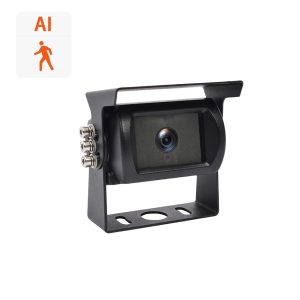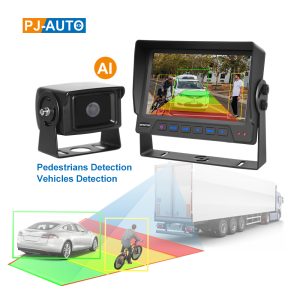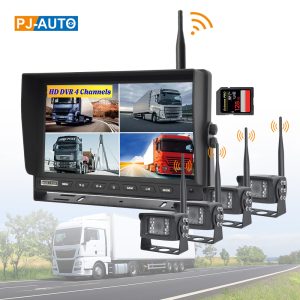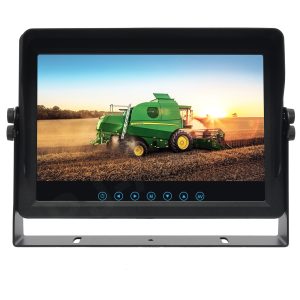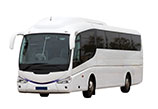



Get in touch with our specialists in Forklift Safety Solutions to request a project quote.
-
Blind Spot Monitoring
Forklifts have inherent blind spots that can impede an operator's ability to see pedestrians, obstacles, or other vehicles in close proximity. Blind spot monitoring systems utilize cameras and sensors strategically placed on the forklift to monitor these blind spots. When a camera detects an object or obstruction, it sends a signal to the operator through the monitor, alerting them to the potential danger. This technology is crucial in preventing collisions and ensuring the safety of both the forklift operator and those in the vicinity.
-
Pedestrian Detection
One of the most critical aspects of forklift safety is pedestrian detection. Pedestrian detection systems use a combination of sensors, cameras, and advanced algorithms to identify the presence of pedestrians in the vicinity of the forklift. When a pedestrian is detected, the system alerts the operator using visual and auditory signals, giving them time to react and avoid a potential collision. Some advanced systems can even automatically slow down or stop the forklift if a pedestrian is detected in its path.
-
Wireless Cameras
Wireless cameras are a key component of modern forklift monitoring systems. They offer flexibility in camera placement and eliminate the need for complex wiring installations. These cameras can be positioned in blind spots or areas with limited visibility to provide operators with a comprehensive view of their surroundings. Wireless technology also allows for easier repositioning or relocation of cameras based on changing operational needs.
Wireless Forklift Camera & Monitor System
-
Monitors and Cameras
Forklift monitoring systems utilize a combination of monitors and cameras strategically positioned on the forklift and in the operating area. These monitors provide real-time visual feedback to the operator, enhancing their situational awareness. The cameras capture footage from different angles, helping operators navigate their surroundings with precision. Monitors are typically installed inside the forklift's cabin, allowing the operator to access live video feeds without having to physically turn or crane their neck.
Waterproof Forklift Camera & Monitor System
Enhanced Safety: By eliminating blind spots and providing real-time information about the forklift's surroundings, these systems significantly reduce the risk of accidents and collisions, enhancing the safety of both operators and pedestrians.
Efficiency: Improved visibility allows for more efficient maneuvering and handling of loads, reducing the likelihood of errors and delays.
Productivity: Operators can work with greater confidence and efficiency, as they can make informed decisions based on accurate, real-time information from the monitoring system.
Compliance: Many industrial regulations and safety standards require the implementation of safety measures to protect forklift operators and those working nearby. Forklift monitoring systems help companies meet these compliance requirements.
A forklift monitoring system equipped with cameras, wireless technology, blind spot monitoring, and pedestrian detection plays a pivotal role in enhancing the safety and efficiency of forklift operations. Contact the PJ AUTO experts today to receive a personalized quote and expert advice on the optimal forklift monitoring equipment tailored to your specific needs.





